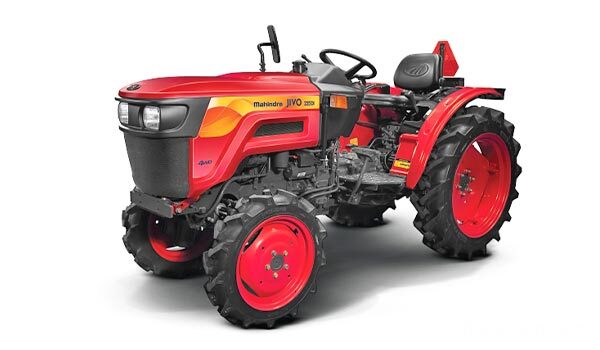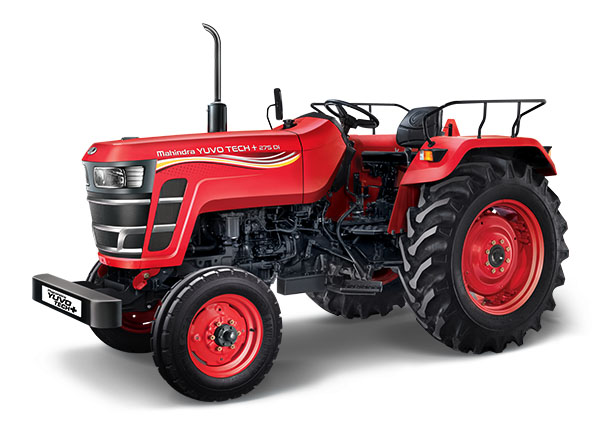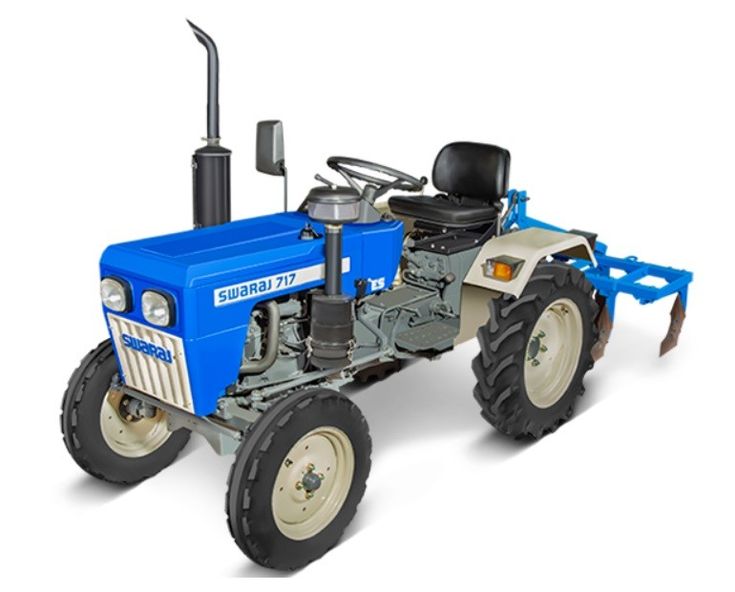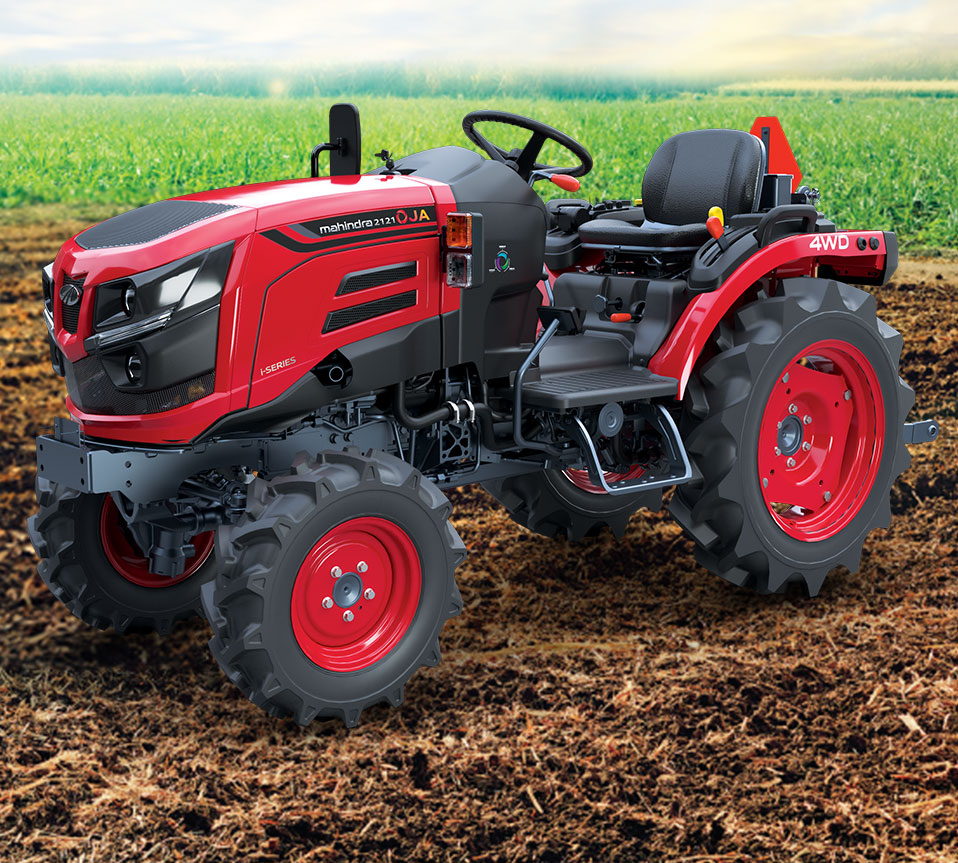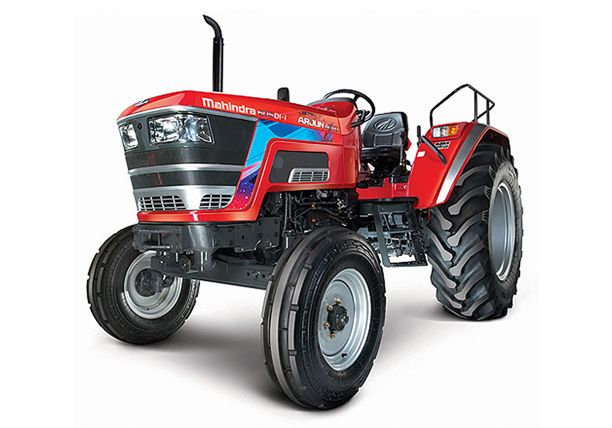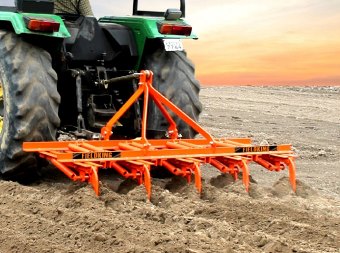If you’re in the market for a tractor, buying a used one can be a cost-effective and practical choice. However, planning to buy used tractors requires careful consideration and evaluation to ensure that you make a wise investment. In this comprehensive tractor buying guide, we will provide you with valuable tips and insights to help you navigate the process and make an informed decision.
Follow These Tips For Buying A Used Tractor-
1. Determine Your Requirements:
Before you start searching for a used tractor, it’s crucial to identify your specific needs and requirements. Consider factors such as the size of the land you’ll be working on, the tasks you need to perform, and the attachments you might require. This information will help you narrow down your options and choose a tractor that suits your needs.
2. Set a Budget:
Establishing a budget is an essential step in the tractor-buying process. Consider your financial capabilities and determine how much you are willing to spend. Keep in mind that besides the initial purchase cost, there may be additional expenses for maintenance, repairs, and any necessary upgrades. Setting a realistic budget will help you focus on tractors within your price range.
3. Research and Gather Information:
Take the time to research different tractor brands and models available in the used market. Read reviews, compare specifications, and gather as much information as possible. Look for tractors with a good reputation for reliability, performance, and availability of spare parts. This research will give you a solid understanding of the options available and help you make an informed decision.
4. Inspect the Tractor’s Condition:
When inspecting a used tractor, pay close attention to its overall condition. Check for signs of wear and tear, rust, leaks, and any visible damage. Examine the engine, tires, hydraulic system, electrical components, and other essential parts. If possible, have a professional mechanic inspect the tractor thoroughly to identify any potential issues or hidden problems.
People Also Read– Top 5 Best Mahindra Tractors For Farming- Features and Price
5. Maintenance and Service History:
Ask the seller for the maintenance and service history of the tractor. A well-maintained tractor with regular servicing is likely to be more reliable and have a longer lifespan. Look for records of oil changes, repairs, and any major servicing that has been done. A complete service history gives you a better understanding of how the tractor has been maintained and can help you gauge its overall condition.
6. Test Drive and Functionality Check:
Before finalizing the purchase, request a test drive to assess the tractor’s performance and functionality. Check the steering, brakes, transmission, and other controls for smooth operation. Test the tractor under different conditions that mimic your typical work environment. This step allows you to experience firsthand how the tractor handles and performs.
7. Consider Warranty and After-Sales Support:
If possible, inquire about any remaining warranty or after-sales support offered by the seller or manufacturer. A warranty can provide you with peace of mind and protection against potential defects or issues that may arise after the purchase. Additionally, ensure that there are authorized service centers or dealers in your area who can provide maintenance and repairs when needed.
Conclusion:
Purchasing a used tractor can be a wise investment if approached with careful consideration and thorough evaluation. By determining your requirements, setting a budget, conducting research, inspecting the tractor’s condition, checking the maintenance history, and performing a test drive, you can make an informed decision. Remember to consider warranty and after-sales support options as well. With these tips in mind, you’ll be well-equipped to find a reliable and suitable used tractor that meets your needs while staying within your budget.



